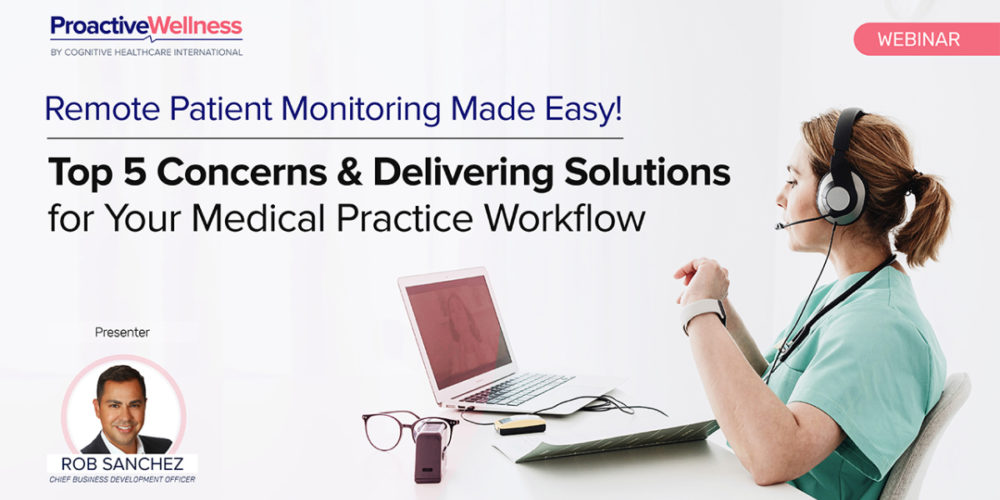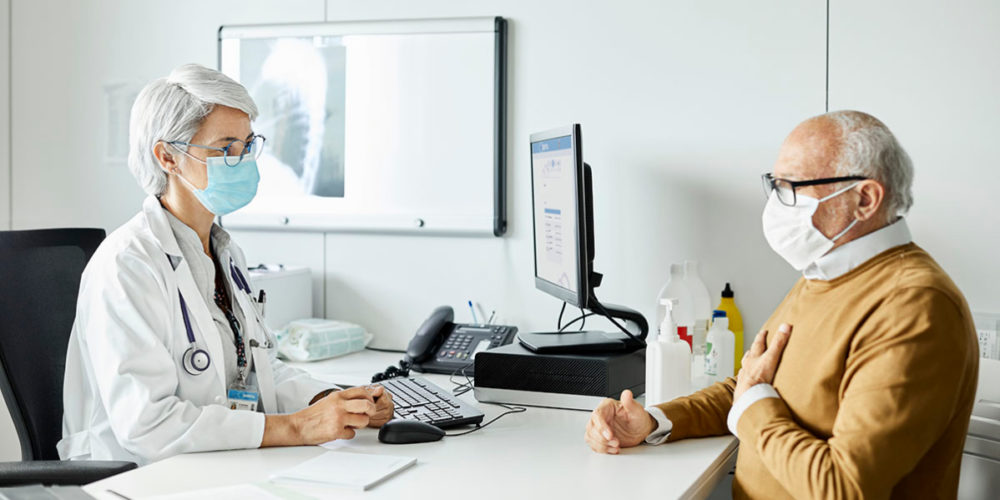Introduction
In today’s rapidly evolving healthcare landscape, Remote Patient Monitoring (RPM) has become an essential tool for medical practices aiming to enhance patient care while streamlining their workflow. However, the adoption of RPM can come with its own set of challenges. ProactiveWellness Care, in a recent webinar hosted by Rob Sanchez, addressed these concerns and offered practical solutions to help medical practices effortlessly integrate RPM into their operations. If you missed the live session, don’t worry! Here’s a detailed recap of the key insights shared during the webinar.
Key Takeaways
1. Understanding the Top 5 Concerns in RPM
Rob kicked off the session by identifying the five most common concerns medical practices face when implementing RPM. These include:
- Data Overload: Managing large volumes of patient data can be overwhelming.
- Technology Integration: Ensuring seamless integration with existing EHR systems.
- Patient Compliance: Engaging patients to consistently use RPM devices.
- Cost Management: Balancing the costs associated with RPM.
- Staff Training: Equipping staff with the necessary skills to handle RPM efficiently.
2. Effective Solutions for a Smooth RPM Workflow
Rob provided actionable solutions to address these concerns:
- Automated Data Management: Using advanced algorithms and AI to filter and prioritize patient data, ensuring only critical information reaches the healthcare provider.
- Interoperable Systems: Choosing RPM solutions that integrate smoothly with existing EHRs, reducing the learning curve and improving efficiency.
- Patient Engagement Programs: Implementing reward systems and regular follow-ups to boost patient compliance.
- Cost-Effective Strategies: Exploring subscription-based RPM models and insurance reimbursements to make RPM more affordable.
- Comprehensive Staff Training: Offering ongoing training sessions and easy-to-use resources to empower staff with the knowledge needed to excel in RPM.
3. Real-Life Case Studies
The webinar also highlighted real-life case studies where ProactiveWellness Care successfully implemented RPM solutions, resulting in significant improvements in patient outcomes and practice efficiency. These examples served as a testament to the effectiveness of the strategies discussed.
Conclusion
Rob Sanchez’s webinar was a treasure trove of insights for medical practitioners looking to simplify their RPM workflows. By addressing common concerns and offering practical solutions, ProactiveWellness Care continues to lead the way in helping healthcare providers deliver superior patient care through innovative technology. For those who couldn’t attend, you can view the webinar here.
If you’re ready to take your medical practice to the next level with Remote Patient Monitoring, contact ProactiveWellness Care today to learn how we can help you seamlessly integrate RPM into your workflow. Visit ProactiveWellness Care to learn more about remote patient monitoring and how you and your patients can benefit from it.



